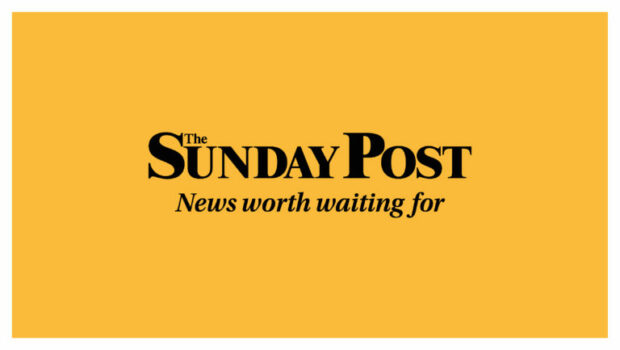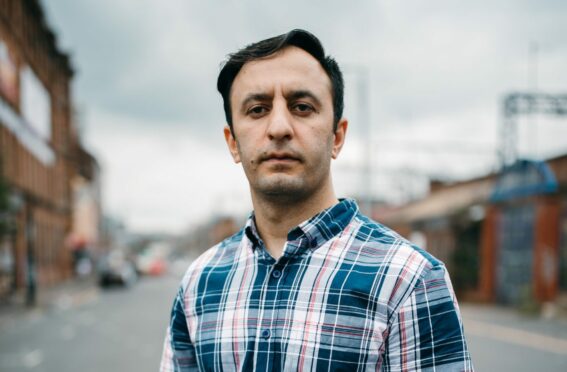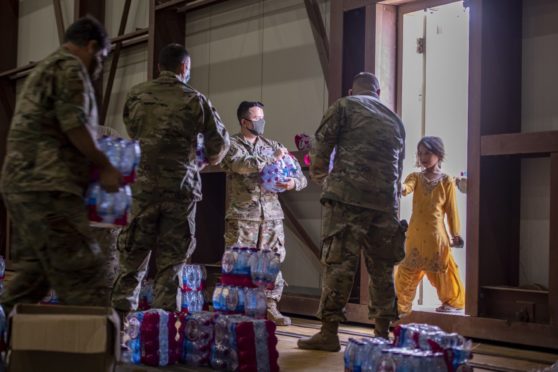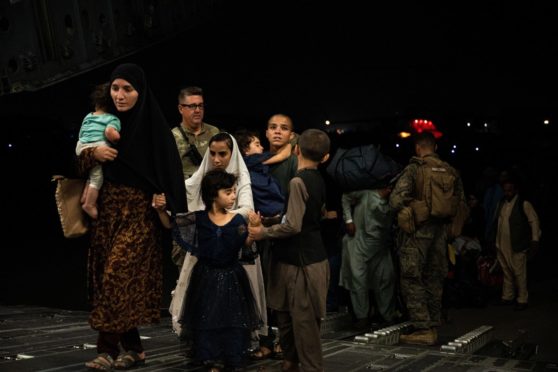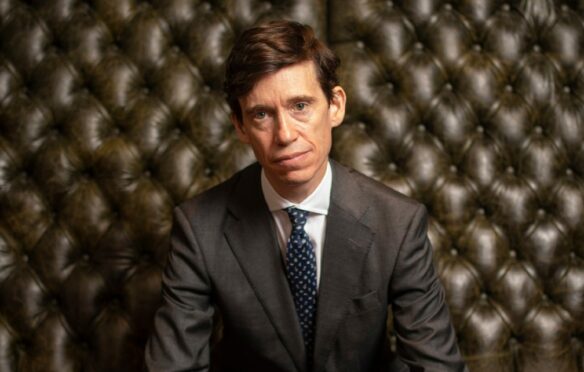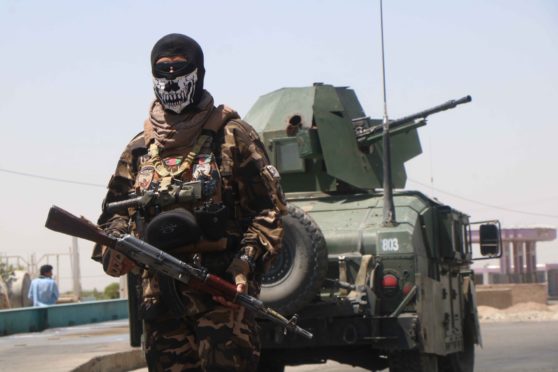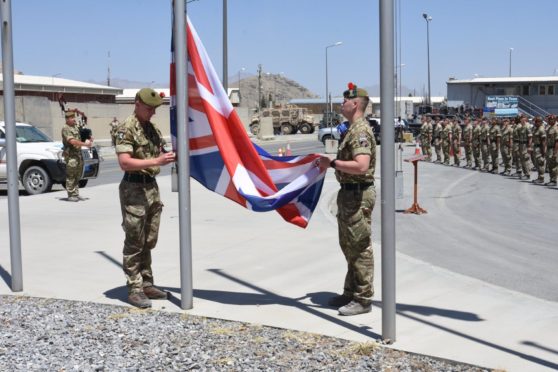
America ignored Afghanistan during the five grim years of Taliban rule from 1996 to 2001, and when they went back in response to the 9/11 attacks, there was no understanding of the context.
The CIA turned to the people they knew – the warlords they had supported against the Soviet Union in the 1980s.
But these were the very people whose banditry and corruption in the early-1990s, after the Soviet defeat, provoked the rise of the Taliban. They expected to be tried for war crimes but, instead, were given millions of dollars to return to power.
In the south, the CIA stood up the thuggish Gul Agha Sherzai, whose brutality as governor of Kandahar back in 1994 led to the Taliban winning local backing to remove him.
In a meeting in Islamabad to build up Sherzai’s credibility in 2001, the CIA station chief, Bob Grenier, insisted on one thing. “Turbans,” he said. “Make damned sure they’re wearing turbans.” He should have worried more about Sherzai’s acceptability to southern Afghanistan and ability to govern than what he wore.
General Sir Nick Carter, now Britain’s most senior military officer as the Chief of Defence Staff, served several tours of Afghanistan.
In an interview with me for a book on the Afghan war, Carter said it would have been easier to govern with some of the former Taliban than with Sherzai. “He made us flatten a whole load of people he wanted to get rid of. And the upshot of that is that we drove people into the arms of the insurgency.”
The need to rely on old-style warlords was caused by the reluctance of US Secretary of Defence Donald Rumsfeld to put American boots on the ground.
Even when Osama bin Laden was holed up in the Tora Bora caves, Rumsfeld would not employ the 5,000 or so US Marines, on standby in the south of the country, instead paying unreliable local militias to back up special forces.
There were more international journalists than international troops at the battle of Tora Bora. Bin Laden escaped.
The light military footprint that led to warlords filling the security vacuum left by the fall of the Taliban was one of the main reasons why this became such a long war. At the same time, misdirected aid spending fuelled corruption, which made it easier for the Taliban to recruit new fighters.
That meant when more forces were finally used, including the first major role for British forces in 2006, the Taliban were in a better state to fight than they had been when they were defeated in 2001.
But even five years into the war there was still little understanding. On the first visit to the region by John Reid, the British Defence Secretary who sent troops to Helmand, made the remarkable observation that they “would be happy to leave in three years and without firing a shot”. Far from not firing a shot, by the end of their first tour, British soldiers had fired more than a million bullets, and took heavy casualties as they were strung out in isolated bases.
The numbers
- 174,000 Afghan people, including civilians and combatants on all sides, died during the conflict
- 2.7 million Afghans remain refugees, mostly in Pakistan and Iran
- 2,312 US troops killed during the conflict
- 454 British men and women killed during the conflict
- 64 is the average life expectancy in Afghanistan, up from 56 in 2001
- 89% of city residents now have access to clean water, up from 16 per cent in 2001
- £37 billion is the UK contribution to the war
- $1 million is the cost of deploying one US soldier in Afghanistan for a year
- 40% is the estimated proportion of US aid which ended up in hands of corrupt officials, warlords, and insurgents
It was not until the arrival of the Obama administration and the decision to send in more troops in 2009 that British troops were able to stabilise the main populated zones of Helmand – successes squandered by poorly-supported Afghan forces who have since abandoned much of the province to the Taliban.
The other reason it was hard to stabilise Afghanistan was American unwillingness to talk to the Taliban. Rumsfeld flatly rejected an offer to surrender in 2001, and Taliban intermediaries who came forward in 2002 found themselves sent to Guantanamo Bay.
Hoping they would go away was not a strategy. And, by the time the Trump administration did pursue a deal in 2019, the Taliban were able to dictate terms.
What America got was not a peace deal for the country, but a withdrawal deal to get troops out in return for a thin assurance that the Taliban would not support al Qaida.
The war has not been a total failure. A new society has emerged despite continuing insecurity. And, even in remote villages, opportunities, including for women, have opened up that were not there before. But it will be hard to avoid history’s verdict that once again the “Graveyard of Empires” has deserved its reputation.
David Loyn is a visiting senior fellow in the War Studies Department at King’s College, London, and author of a forthcoming book, The Long War: The Inside Story Of America In Afghanistan

Enjoy the convenience of having The Sunday Post delivered as a digital ePaper straight to your smartphone, tablet or computer.
Subscribe for only £5.49 a month and enjoy all the benefits of the printed paper as a digital replica.
Subscribe